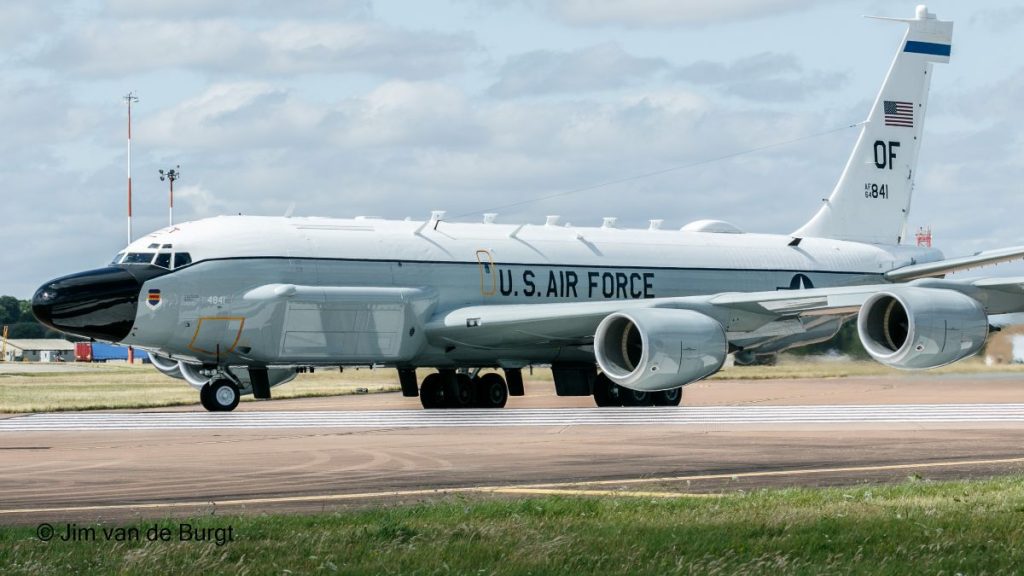The aircraft deliberately avoided Russian airspace.
Others are reading now
The aircraft deliberately avoided Russian airspace.
US Spy Plane Returns to Russia’s Borders
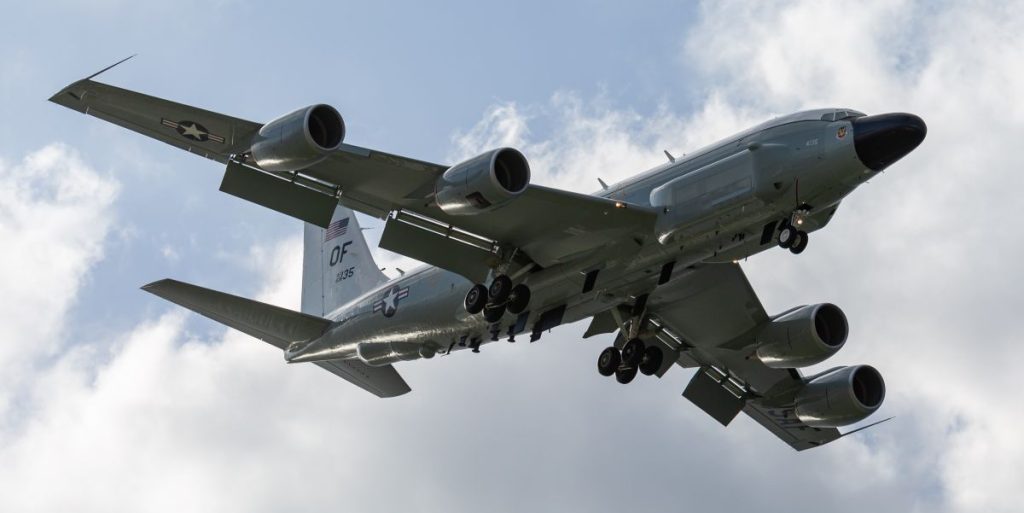
A US RC-135V Rivet Joint reconnaissance aircraft has resumed surveillance near Russia, signaling growing strain in Washington-Moscow relations.
The plane’s reappearance follows months of deployment in the Middle East and reflects a shifting geopolitical focus.
The Return of JAKE17
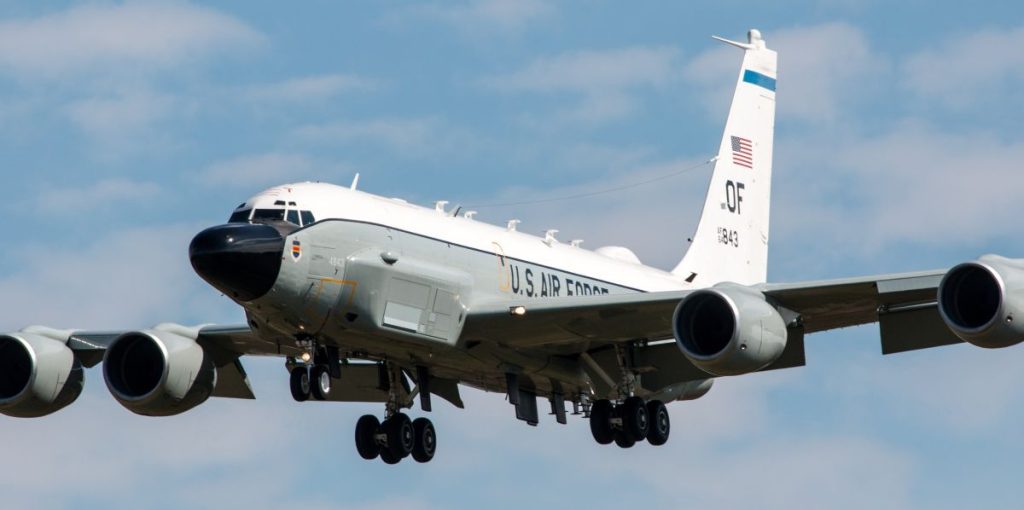
Operating under the call sign “JAKE17,” the spy plane departed from a British airbase and flew across Estonian, Latvian, and Lithuanian airspace before reaching Finnish territory.
Also read
The aircraft deliberately avoided Russian airspace, especially the Kaliningrad exclave.
What Is the Rivet Joint?
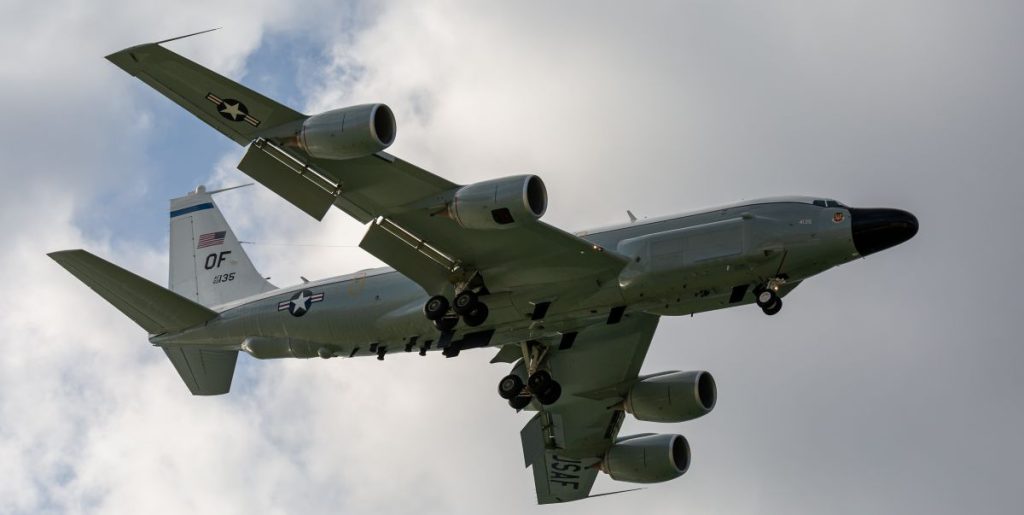
Built by Boeing, the RC-135V Rivet Joint is a specialized surveillance aircraft used to intercept signals and electronic communications.
It’s manned by a crew of more than 30, including electronic warfare experts and intelligence analysts.
Long-Term Role in US Intelligence
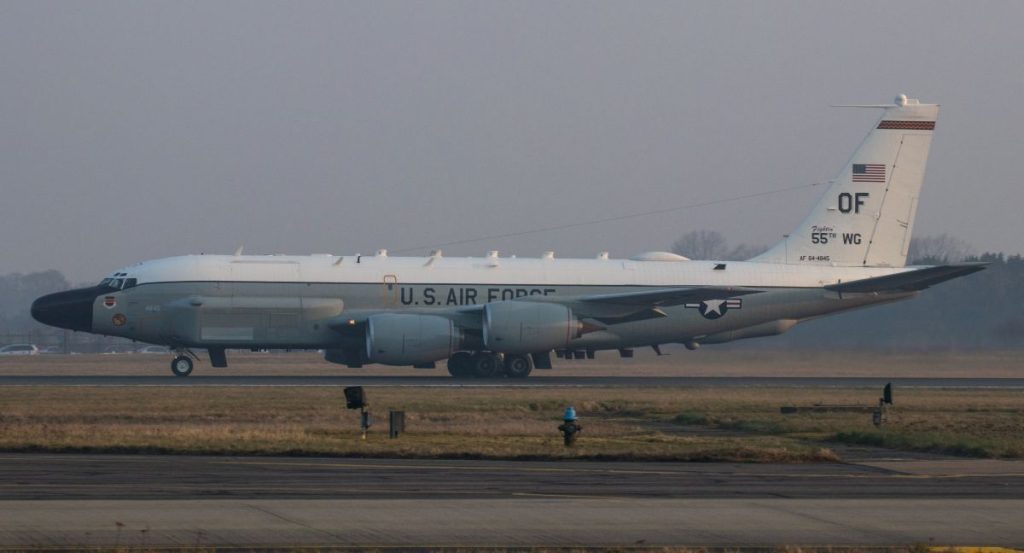
The Rivet Joint has been in service since the 1960s and remains one of the backbone platforms for US airborne intelligence gathering.
It is expected to continue operations until at least 2040, undergoing continuous updates and upgrades.
Back from the Middle East
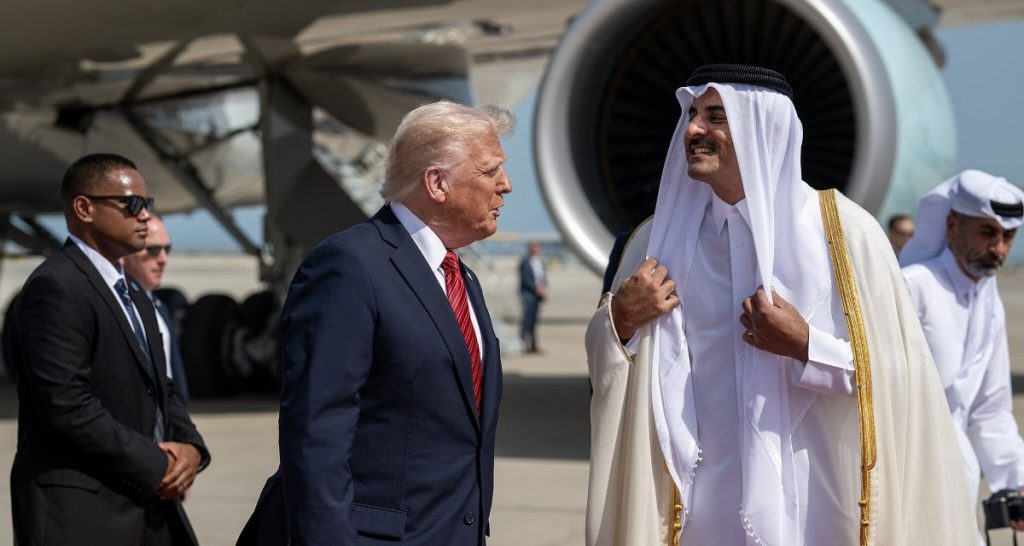
Prior to this mission, the aircraft had been based at Al Udeid Air Base in Qatar, near Doha. It was deployed there during heightened tensions with Iran, including after a recent Iranian strike on the base in retaliation for US attacks on nuclear targets.
Avoiding Kaliningrad: A Strategic Detour

The US aircraft carefully steered clear of Kaliningrad, Russia’s heavily militarized Baltic outpost wedged between Poland and Lithuania.
The region is considered a strategic flashpoint for NATO and Russian forces alike.
British Allies Also on the Move
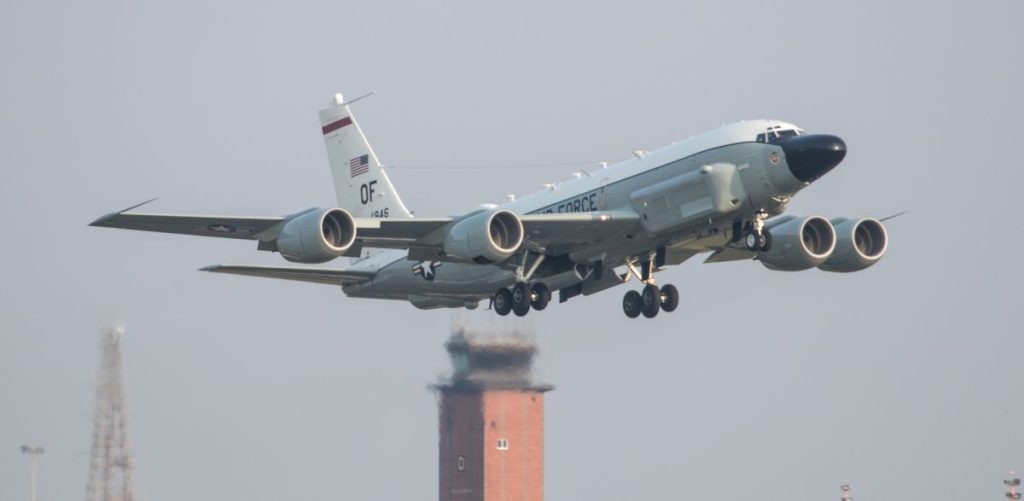
The Royal Air Force operates its own fleet of Rivet Joint aircraft, which have been active over Denmark, Sweden, and near the Russian-Finnish border. Recent flight data shows UK aircraft are frequently conducting surveillance on NATO’s eastern front.
Washington Refocuses on Eastern Europe

Following the brief US involvement in the Israel-Iran conflict, the Trump administration appears to be pivoting back to Europe.
Increased aerial surveillance and diplomatic frustration suggest Eastern Europe is regaining priority in US strategic thinking.
Trump’s Frustration with Putin Grows

President Trump recently voiced his irritation with Russia’s unwillingness to sign a US-brokered peace plan over Ukraine.
He accused Putin of “throwing nonsense” at the US, claiming the Russian leader “seems nice, but it’s all an act.”
Ukraine Agreed, Russia Refused
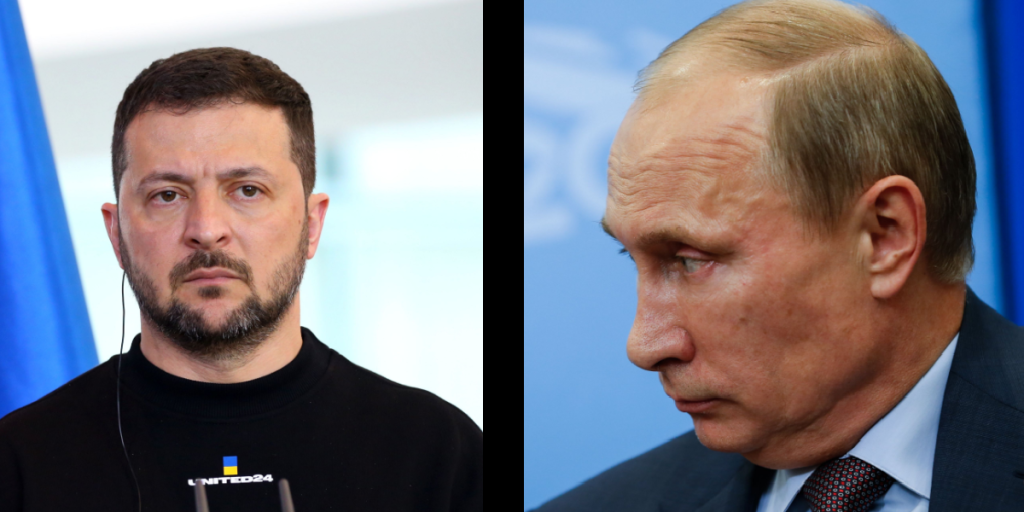
Back in March, Ukraine reportedly accepted a peace proposal backed by Washington.
However, Moscow has refused to cooperate, stalling negotiations and deepening the standoff between East and West.
Moscow Launches Massive Airstrike
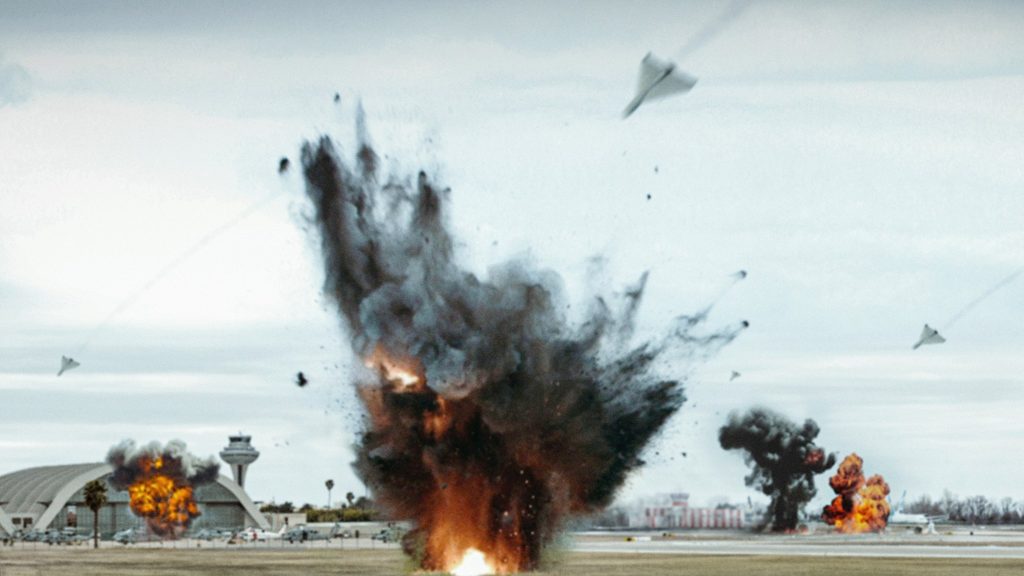
Amid diplomatic breakdowns, Russia has escalated its military offensive.
Ukrainian officials report that the Kremlin launched its largest airstrike in months, involving 13 missiles and more than 700 drones in a single night.

